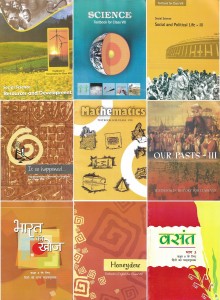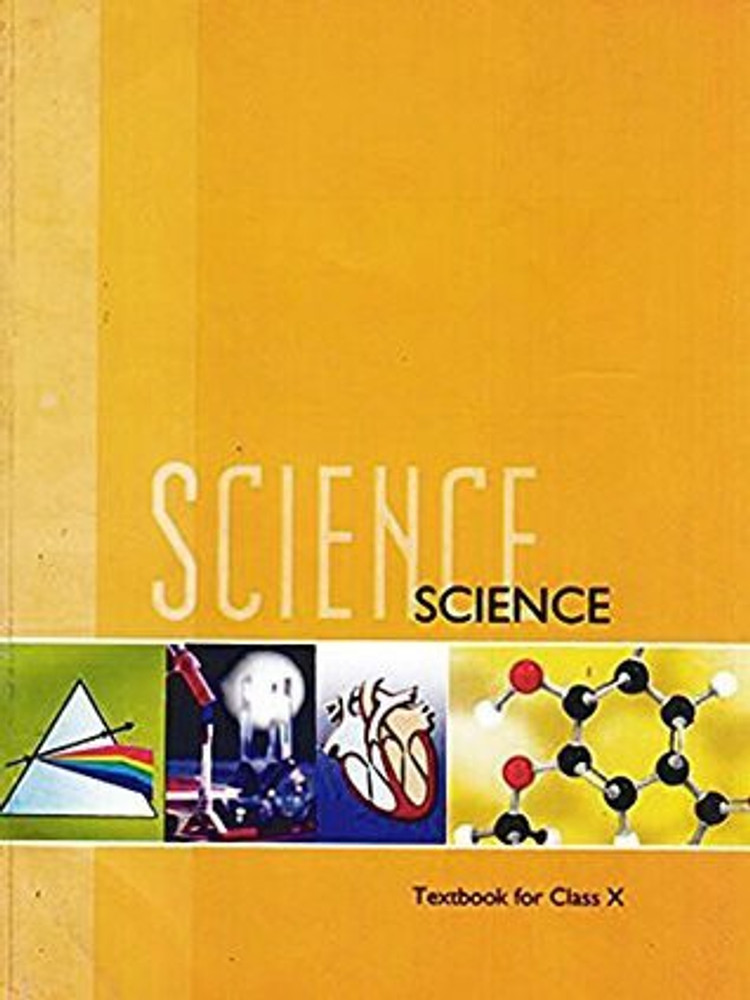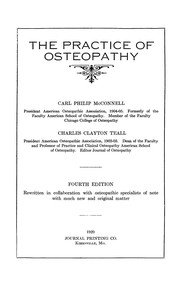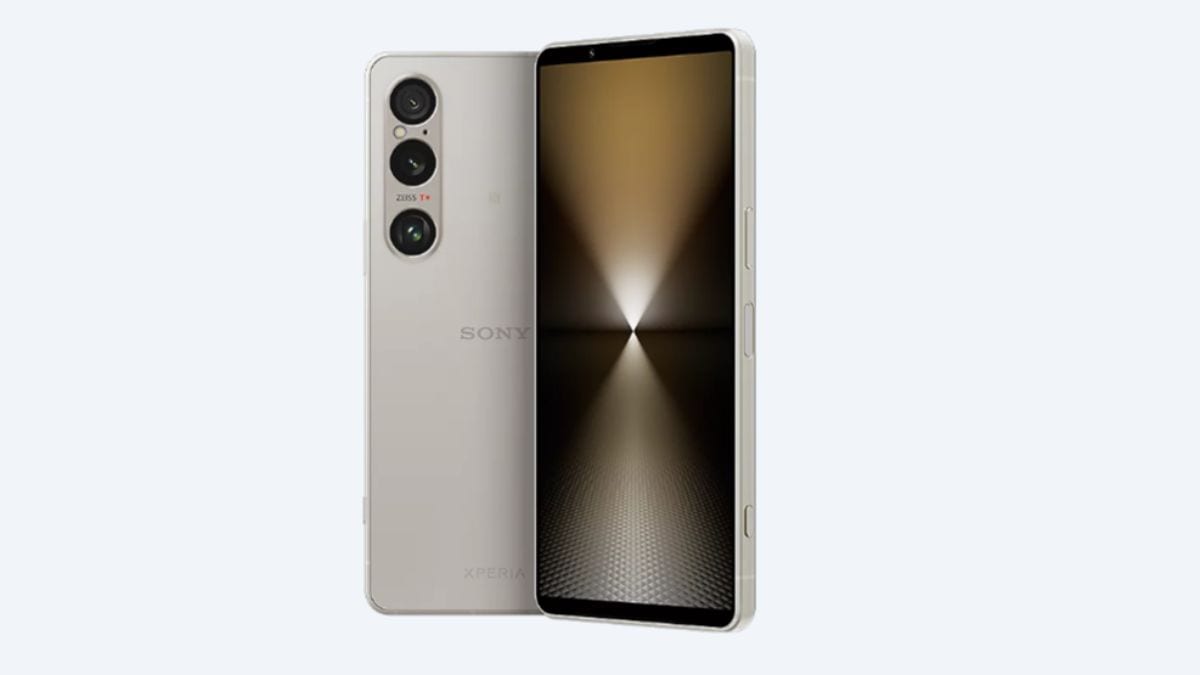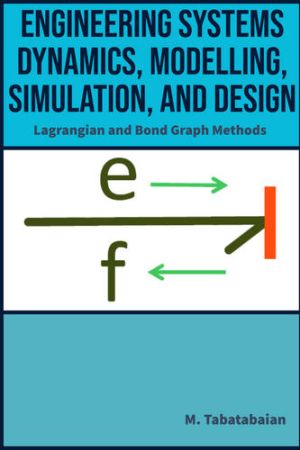MIT Researchers Measure Quantum Geometry of Electrons in Solid Materials for First Time
Physicists at MIT have successfully measured the quantum geometry of electrons in solids, marking a pivotal moment in quantum research. This was achieved using an advanced adaptation of angle-resolved photoemission spectroscopy (ARPES), enabling direct observation of quantum properties that were previously theoretical. The study, featured in Nature Physics, focused on a material known as kagome metal, opening doors for deeper understanding and practical manipulation of quantum materials. The research highlights collaboration between experimentalists and theorists, with significant contributions made during the pandemic.

A new study has allowed physicists from the Massachusetts Institute of Technology (MIT) and collaborators to measure the quantum geometry of electrons in solids. The research provides insights into the shape and behaviour of electrons within crystalline materials at a quantum level. Quantum geometry, which had previously been limited to theoretical predictions, has now been directly observed, enabling unprecedented avenues for manipulating quantum material properties, according to the study.
New Pathways for Quantum Material Research
The study was published in Nature Physics on November 25. As described by Riccardo Comin, Class of 1947 Career Development Associate Professor of Physics at MIT, the achievement is a major advancement in quantum material science. In an interview with MIT's Materials Research Laboratory, Comin highlighted that their team has developed a blueprint for obtaining completely new information about quantum systems. The methodology used can potentially be applied to a wide range of quantum materials beyond the one tested in this study.
Technical Innovations Enable Direct Measurement
The research employed angle-resolved photoemission spectroscopy (ARPES), a technique previously used by Comin and his colleagues to examine quantum properties. The team adapted ARPES to directly measure quantum geometry in a material known as kagome metal, which features a lattice structure with unique electronic properties. Mingu Kang, first author of the paper and a Kavli Postdoctoral Fellow at Cornell University, noted that this measurement became possible due to collaboration between experimentalists and theorists from multiple institutions, including South Korea during the pandemic.
These experiences underscore the collaborative and resourceful efforts involved in realising this scientific breakthrough. This advancement offers new possibilities in understanding the quantum behaviour of materials, paving the way for innovations in computing, electronics, and magnetic technologies, as reported in Nature Physics.












)
